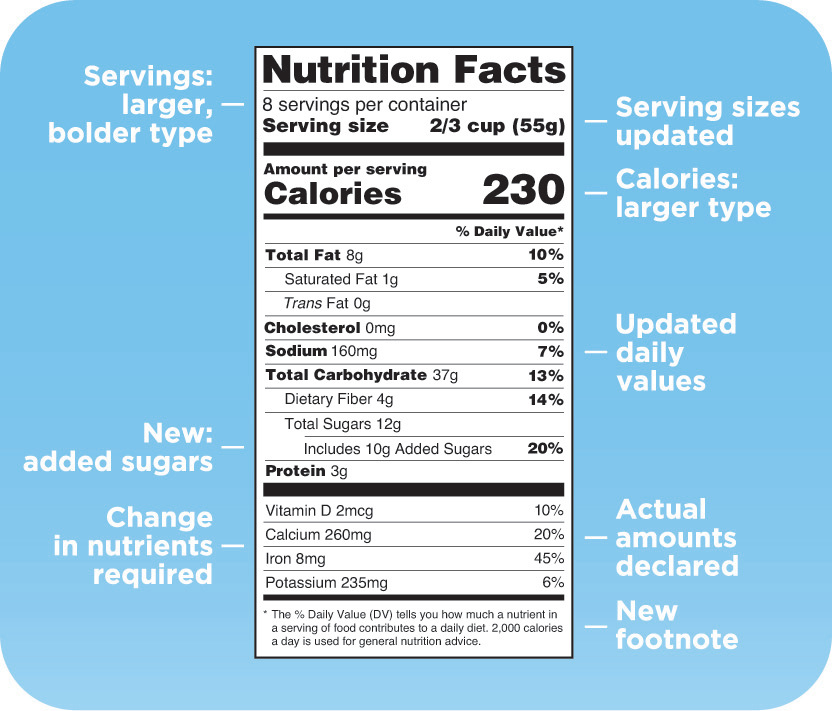It seems so obvious. When you get a car, you regularly make sure the engine is clean and running on all cylinders. You clean filters and check plugs and battery connections. You change the oil, make sure other liquids are properly filled and check and inflate the tires to the appropriate pressure. You fill the tank with a specific grade of gasoline to increase its efficiency. You might even use all premium products.
Your body is also an intricate system that needs the right kind of fuel to run properly. Good nutrition is the place to start, and it isn’t as difficult as we often make it. Guidelines set by the Food and Drug Administration are fairly simple, plus there are practical ways to make healthy choices.
- Fill your plate with vegetables and fruits. Choose a rainbow of bright colors: red, orange, green, purple and yellow. They are full of nutrients to help boost your energy.
- Include lean proteins. Beef, chicken, pork, turkey, even beans and tofu. Twice a week, make seafood your protein of choice.
- Get your calcium. Drink a cup of fat-free or low-fat milk. You’ll benefit from the same amount of calcium with fewer calories and less fat.
- Make half your grains whole grains.
- Use healthy fats such as canola oil, olive oil and nonstick vegetable spray for cooking.
- Replace sweets with plain fruit – strawberries, apples, orange slices. Can’t find fresh fruit? It’s OK to grab frozen or canned, but be sure they aren’t in syrup. Get produce in its most natural state.
- Exchange chips and dip for veggies and dip. Fresh veggies are always best, but in colder months, it’s not always possible.
- Use spices and herbs to flavor your foods rather than adding sugar and salt.
- Prepare foods in advance so you don’t grab convenience foods that aren’t as healthy.
- Read the nutrition label.
Understand the nutrition label
Read the nutrition label as you shop so you know what’s in your food. The Food and Drug Administration updated it for packaged foods and beverages in May 2016, its first revision in 20 years.
It is now easier to understand so you can make more informed food choices. It still includes calories, serving sizes, daily value percentages, nutrients and ingredients. Everything is based on new scientific research — one of the reasons “added sugars” is now included.
For detailed information about nutrition label changes, visit fda.gov.




